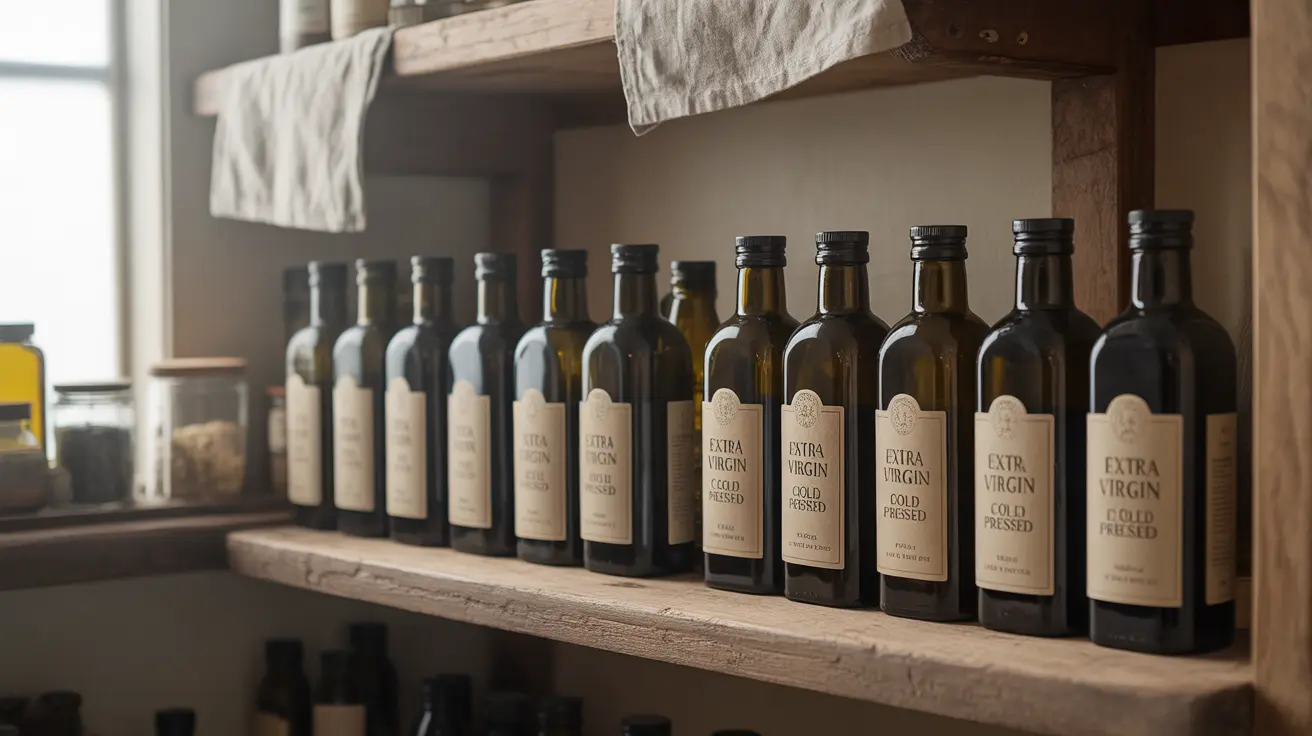Olive oil is a kitchen staple prized for its health benefits and culinary versatility. While it's known for its relatively long shelf life, olive oil does expire and can go bad if not properly stored or kept too long. Understanding how to identify spoiled olive oil and maintain its freshness is essential for both food safety and optimal flavor.
Whether you're a cooking enthusiast or simply want to protect your investment in quality olive oil, knowing the signs of expiration and proper storage methods can help you maximize its lifespan and maintain its beneficial properties.
Understanding Olive Oil Shelf Life
Most olive oil has a shelf life of 18-24 months from the date of bottling when unopened. However, once opened, the oil should ideally be used within 6-8 months for the best quality and flavor. The exact duration depends on several factors, including the oil's quality, storage conditions, and exposure to environmental factors.
Signs That Olive Oil Has Gone Bad
There are several clear indicators that your olive oil may have expired or deteriorated:
- Rancid or off-putting smell
- Unpleasant, bitter taste
- Change in color or cloudiness
- Thick or sticky consistency
- Mold around the bottle's neck or cap
If you notice any of these signs, it's best to dispose of the oil and replace it with a fresh bottle.
Proper Storage Guidelines
To maintain olive oil's quality and extend its shelf life, follow these essential storage practices:
Temperature Control
Store olive oil in a cool, dark place with a consistent temperature between 65-75°F (18-24°C). Avoid placing it near heat sources like stoves or direct sunlight.
Container Considerations
Keep olive oil in its original dark glass bottle or transfer it to an airtight, opaque container. This protects it from light exposure, which can accelerate degradation.
Location Matters
While many people keep olive oil near their stove for convenience, this location exposes it to heat and light. Instead, store it in a pantry or cabinet away from heat sources.
Different Types of Olive Oil and Their Shelf Life
Extra virgin olive oil (EVOO) is more susceptible to degradation than refined olive oils due to its higher content of natural compounds and minimal processing. However, when properly stored, both types can maintain their quality for similar periods:
- Extra Virgin Olive Oil: 12-18 months unopened, 4-6 months after opening
- Regular/Pure Olive Oil: 18-24 months unopened, 6-8 months after opening
- Light Olive Oil: 18-24 months unopened, 6-8 months after opening
Frequently Asked Questions
How long does olive oil typically last before it expires?
Olive oil typically lasts 18-24 months when unopened and 6-8 months after opening, assuming proper storage conditions are maintained. Always check the bottle's expiration date and monitor for signs of spoilage.
What are the signs that olive oil has gone bad or expired?
Key indicators include a rancid smell, unpleasant taste, changes in color or consistency, and any signs of mold. If the oil develops any off-putting characteristics, it's best to discard it.
How should I store olive oil to keep it fresh for as long as possible?
Store olive oil in a cool, dark place away from heat and light. Keep it in its original dark bottle or an opaque, airtight container. Maintain a consistent storage temperature between 65-75°F (18-24°C).
Does extra virgin olive oil expire faster than regular olive oil?
Yes, extra virgin olive oil generally has a shorter shelf life due to its higher content of natural compounds and minimal processing. It's best used within 4-6 months after opening, compared to 6-8 months for regular olive oil.
Can expired olive oil be harmful to consume, or does it just lose flavor?
While consuming rancid olive oil isn't typically dangerous, it can have an unpleasant taste and may have lost many of its beneficial properties. The oil's quality and nutritional value decrease over time, so it's best to use fresh oil for optimal health benefits and flavor.




